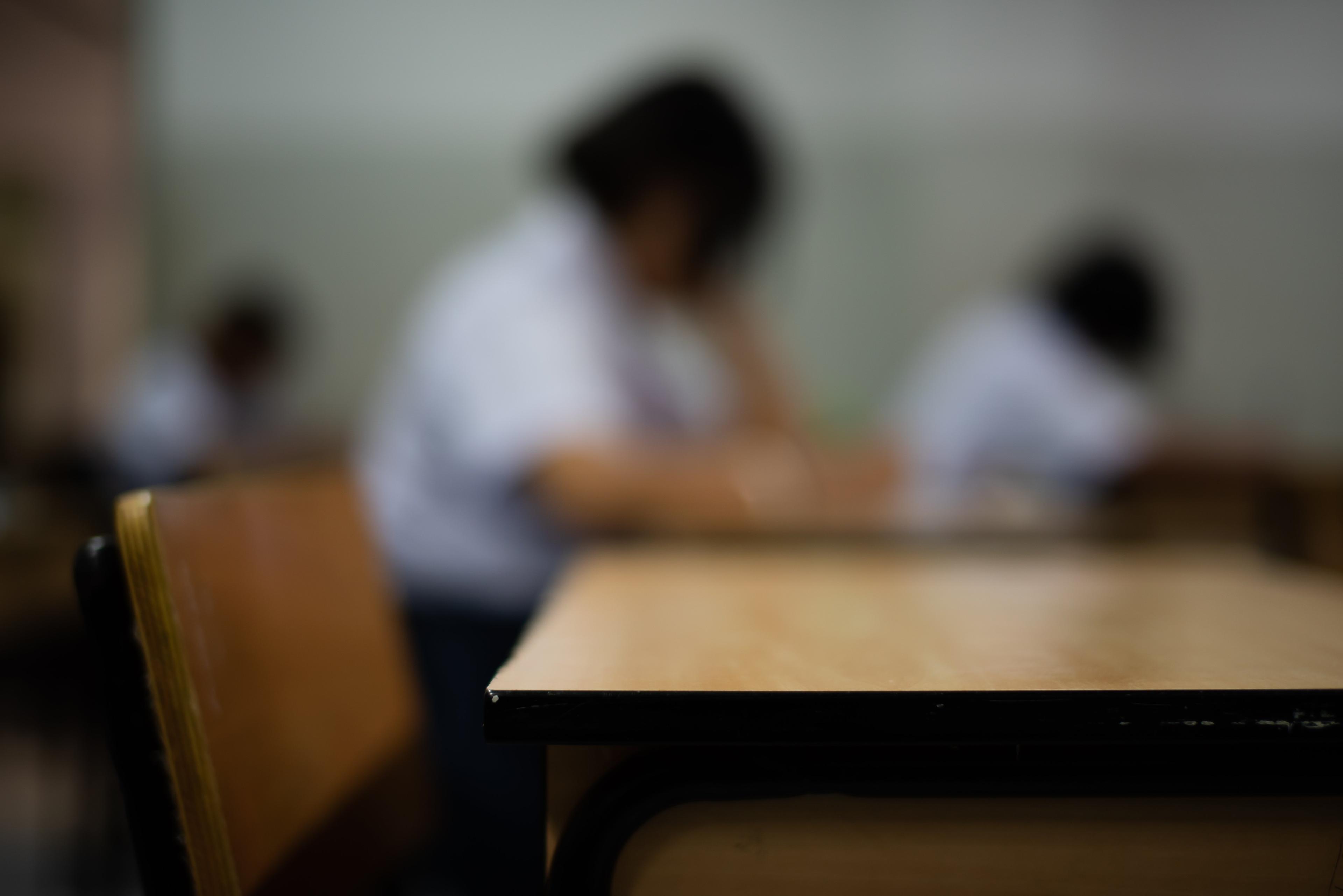How students in the foster system experience education differently
Every student’s well-being depends on quality of life at home and in school. Both environments are interconnected, so students in foster care will have unique experiences that affect their personal growth and education. Teachers should consider the educational challenges students in foster care face so they can better understand how to help them thrive.
1. They transfer schools more frequently
Many foster parents struggle to make ends meet. A recent study found that homes with foster children are more likely to be impoverished or make less than $20,000 per year in household income. Foster parents may have to move to more affordable housing or give up children they are fostering due to the inability to take care of them financially.
Either way, children who are placed in lower-income foster care homes switch schools more frequently than kids in middle- or upper-class foster homes. Changing schools can disrupt how well students in foster care learn — especially when they are taught by different teachers — and negatively impact their ability to finish each grade on time. And if school credits don’t transfer with them, youth in foster care can end up repeating grades even if they were on track to pass them in their previous school.
2. They might struggle to make friends
The social aspect of a child’s school experience is another example of how students in foster care experience education differently. If they transfer school districts frequently, they might feel less inclined to make friends. Feeling unsettled and always anticipating another move, they may decide to avoid the heartache of having to leave pals behind.
Young people have a better attitude about learning when they have a healthy social group. They’re happier and more energized to study if school is also an opportunity to hang out with their friends. Students in foster care may make lower grades and be unmotivated at school if they feel isolated and alone.
3. They may lack transportation
Given that so many foster homes are impoverished, foster parents may not have the time or ability to drive the kids to school. They may hold down numerous jobs or be forced to rely on public transportation. If foster children live in a rural area outside of established school bus routes, they may not have a way to get to school at all.
Young people shouldn’t have to hope they’ll live in a foster home that can provide reliable transportation to school. If that is, indeed, the case, foster parents should research other transportation options, like charter schools that offer free rides to class, alternative school transportation options or community bus stops for public schools.
4. They often suffer domestic abuse and trauma
Any kind of abuse creates trauma that complicates a child’s development. Children who are abused by adults or other kids in their foster home will likely struggle with common problems like memory loss and fear of social relationships.
Between 2013 and 2018, calls to foster care abuse hotlines spiked by just over 45% — from 11,500 to 17,000 — but that only represents the children who had access to a phone and a safe place to make a call. The same experts who analyzed the increase in calls agree that the number of abused foster children is likely much higher.
5. They struggle to afford school supplies
School systems expect students to afford yearly supplies like binders, paper and pencils. This may not be a challenge for some students but others — like those in the foster care system — may not be able to afford these things. Foster care homes are likely low-income households that don’t have any extra money. And for students in foster care, having to rely on supplies from friends or teachers could create a sense of shame that keeps them from participating in school and succeeding academically.
Learn How the Foster System Impacts Education
When educators learn how foster children experience education, it puts things in perspective. Poverty and the uncertain safety and stability of their home lives put students in foster care at a significant academic disadvantage. Teachers who better understand the complications presented by the foster care system can better assist these students, who often need greater compassion and a helping hand.
About the Author

Ginger Abbot is an education and lifestyle writer with a passion for learning. Read more of her work on Classrooms.com, where she serves as Editor when she’s not freelancing.


